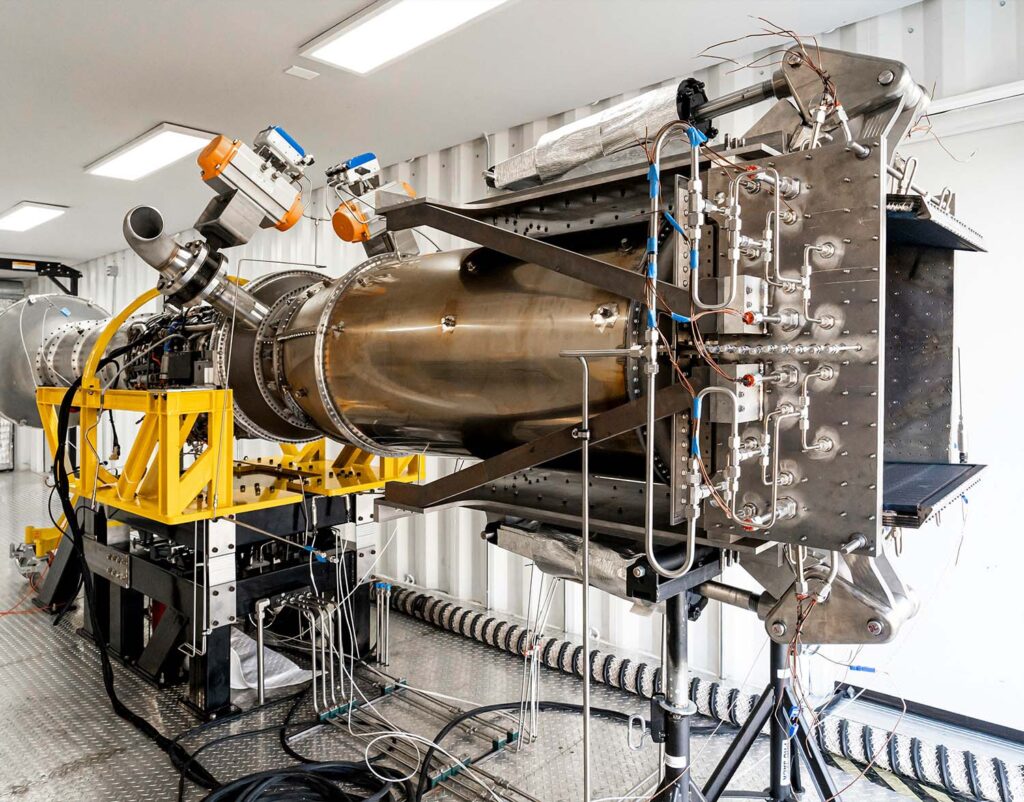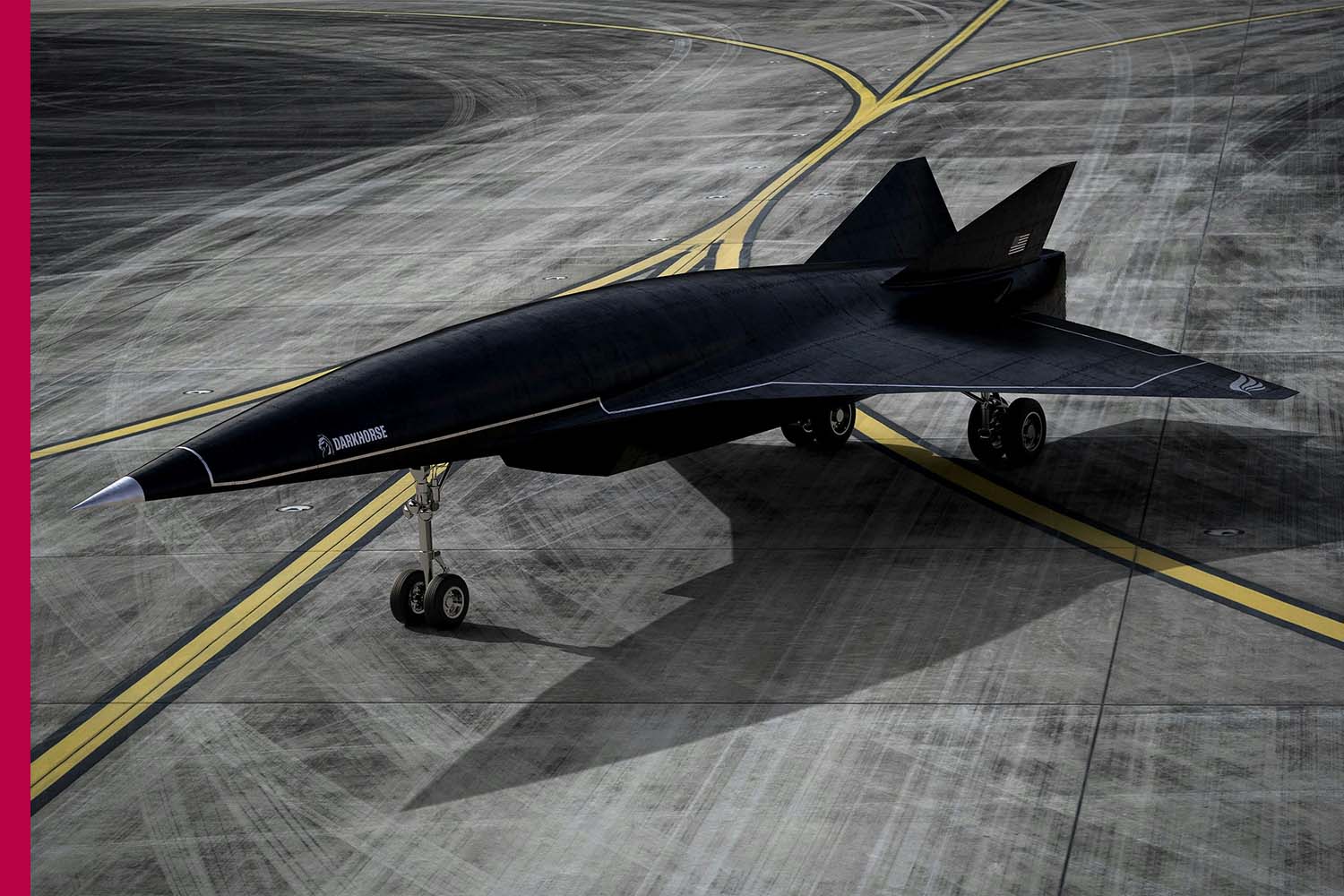The aerospace industry stands as one of humanity’s most remarkable achievements — a symbol of ambition, technology, and the desire to reach beyond limits. What began with the Wright brothers’ first powered flight in 1903 has evolved into a trillion-dollar global industry that not only connects the world but also reaches far into space. Today, aerospace encompasses aviation, defense, and space exploration, and continues to transform economies, industries, and the future of mobility.
At its core, the aerospace industry is built on innovation. It integrates some of the most advanced fields of science and engineering — aerodynamics, materials science, electronics, propulsion, and computing. The industry’s progress has been driven by an endless quest for efficiency, safety, and sustainability. Every major leap — from the first jet engines to reusable rockets — has reshaped how people travel, communicate, and explore.
The aerospace sector can broadly be divided into two major segments: aviation and space. Aviation includes the design, manufacture, and operation of aircraft for both civil and military purposes. Commercial aviation has revolutionized global trade and tourism, shrinking the world by making long-distance travel faster and more accessible. Meanwhile, defense aviation plays a vital role in national security, with aircraft used for surveillance, logistics, and combat operations.
The space segment, on the other hand, has experienced a renaissance in recent years. Once dominated by government agencies like NASA, Roscosmos, and ISRO, the space industry is now witnessing an unprecedented rise in private participation. Companies like SpaceX, Blue Origin, and Virgin Galactic are redefining what’s possible — from launching reusable rockets to preparing for commercial space tourism. Satellite technology has become a cornerstone of modern life, enabling communication, navigation, weather forecasting, and Earth observation.

Aerospace innovation has always pushed the boundaries of science. The industry is currently undergoing a digital transformation, with artificial intelligence (AI), additive manufacturing (3D printing), robotics, and data analytics at the forefront. These technologies are making aircraft lighter, faster, and more fuel-efficient. Advanced materials like carbon composites and titanium alloys are replacing traditional metals, offering greater strength and durability with reduced weight.
Automation is also reshaping how aircraft are built and maintained. Smart factories equipped with robotic systems and digital twins allow for real-time monitoring and predictive maintenance, reducing downtime and costs. AI is being integrated into flight systems to enhance navigation, optimize routes, and improve safety. In space, autonomous systems are enabling spacecraft to operate independently over long distances, such as Mars rovers and deep-space probes.
While the aerospace industry has achieved extraordinary progress, it faces growing pressure to address environmental concerns. The aviation sector, in particular, contributes to carbon emissions, and governments and manufacturers are investing heavily in sustainable solutions. Electric and hybrid aircraft, sustainable aviation fuels (SAFs), and hydrogen propulsion are among the key innovations aimed at reducing the industry’s carbon footprint.
Major players like Boeing, Airbus, and Rolls-Royce are exploring zero-emission technologies and circular manufacturing practices. The concept of “green aviation” is no longer a futuristic dream — it’s becoming an industry priority. Similarly, space organizations are focusing on reducing space debris and designing reusable launch systems to make space exploration more sustainable and affordable.
The global aerospace market is expanding rapidly, and emerging economies are playing an increasingly important role. India, for instance, has become a major player with its robust space programs led by the Indian Space Research Organisation (ISRO) and a growing aviation market. India’s successful Mars Orbiter Mission and the Chandrayaan lunar programs have positioned it as a leader in cost-effective space missions. Similarly, nations like China and the UAE are investing heavily in aerospace infrastructure, research, and talent development. This global diversification is creating new opportunities for collaboration, manufacturing, and innovation. Aerospace clusters and research centers are emerging across Asia, the Middle East, and Africa, broadening the industry’s reach beyond traditional Western hubs.
The aerospace industry contributes significantly to global GDP and employment. It supports millions of skilled jobs across engineering, manufacturing, software development, and logistics. The sector also fuels innovation in other industries — technologies developed for aerospace often find applications in healthcare, automotive, and energy sectors. For students and professionals, aerospace offers some of the most exciting and high-impact career paths in science and technology.
Looking ahead, the aerospace industry is set for a new era of exploration and connectivity. Concepts like supersonic and hypersonic travel could make long-haul flights significantly faster, cutting travel time between continents to mere hours. Meanwhile, the dream of commercial spaceflight is edging closer to reality, where private citizens could one day orbit the Earth or even visit the Moon. Advancements in satellite constellations promise to bring global internet coverage, bridging the digital divide in remote areas. Research on space mining and colonization of other planets could open entirely new economic frontiers. What was once science fiction is now on the verge of becoming science fact.












